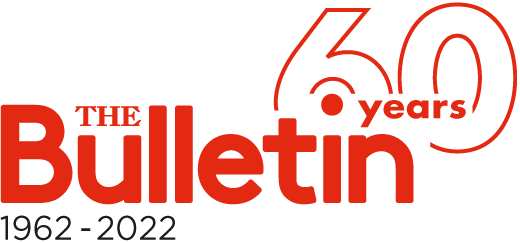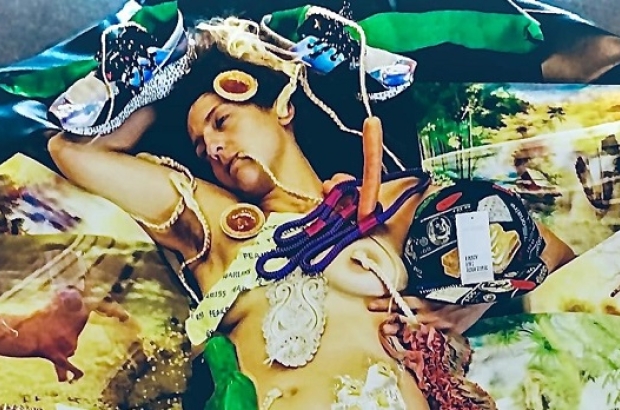- Daily & Weekly newsletters
- Buy & download The Bulletin
- Comment on our articles
Europalia Spain: Showcasing country’s rich cultural heritage and vibrant contemporary scene
Forty years after the Europalia festival first focused on Spain, the prestigious biennial returns to the Mediterranean country to explore nuanced and contrasting aspects of its cultural heritage and contemporary arts.
The four-month international festival, celebrating its 30th edition, aims to foster closer cultural ties between Spain, Belgium and Europe with a particular focus on political, environmental and social themes.
Some 100 multidisciplinary events with around 170 artists will be staged in 80 locations across Belgium from 8 October to 1 February.
The festival’s inaugural event and centrepiece is the groundbreaking exhibition Luz y Sombra. Goya and Spanish Realism at Bozar (8 October to 11 January). It presents paintings, drawings, and engravings by the Spanish master (1746-1828) in dialogue with works by his contemporaries and artists of later generations.
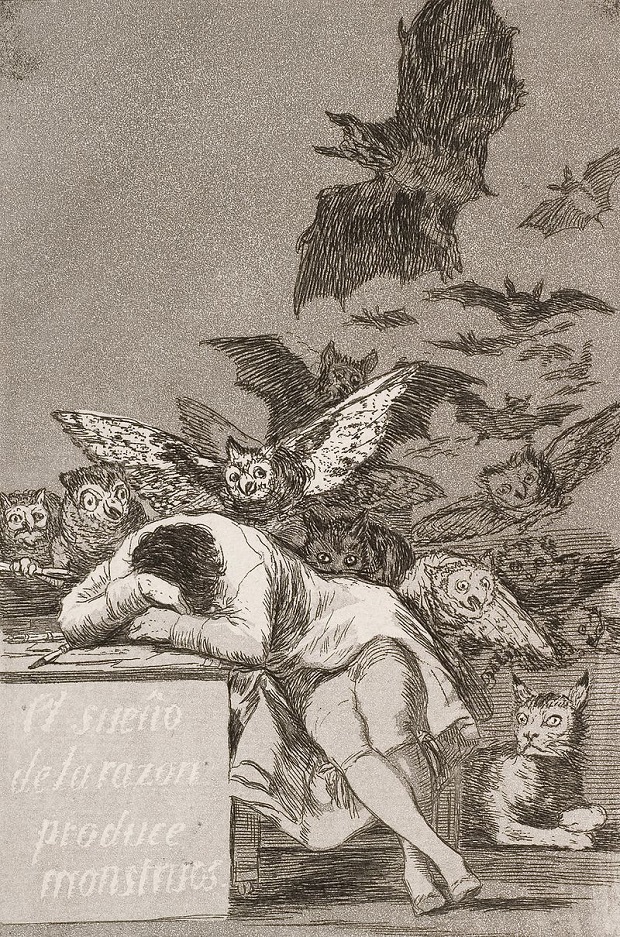
Goya’s important series of engravings Caprichos, Disparates and Desastres de la Guerra (Quirks, Madnesses, Disasters of War) were a critical vision of the turbulent period in which he lived. The artist and printmaker who epitomised Spanish authenticity also portrayed colourful scenes of popular life. For the festival’s artistic director, Dirk Vermaelen, this sharp contrast in the work of Goya “defines the image we have of Spain. There’s the merry, folkloric, almost kitsch side as well as a darker, serious and sarcastic one,” he says.
“The exhibition begins with Goya’s paintings and then offers a vision of Spain and Spanishness with 70 other artists presented, from the time of Goya to the present day. We look at how artists treat Spain, and specifically, critical periods of its history,” adds Vermaelen.
It is this divergence of vision that serves as the central thread for the Europalia programme. Spanning, visual art, music performance, theatre, film and literature, it showcases familiar aspects of Spanish culture such as flamenco and bullfighting alongside lesser-known aspects like its flourishing electronic and tech music scene.
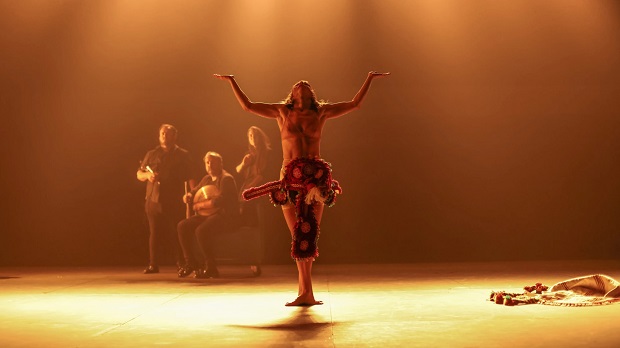
The Spanish Embassy in Belgium’s cultural and scientific advisor Tada Bastida Eizaguirre points out that while one in four Belgians travel once a year to Spain, the aim of the programme is to surprise the public and also reflect Europe-wide concerns around “freedom and democracy”.
Numerous artistic events around the Goya exhibition explore the artist’s enduring legacy. They include four films by Albert Serra as well as three titles selected by the Spanish director. The independent filmmaker also delivers a talk about his own work and Goya from a cinematographic perspective (6 December to 4 January).
The Goya exhibition is the setting for a durational performance by Brussels-based Venezuelan dancer and choreographer Sophia Rodriguez. La Maja Desnuda Eaten by Saturn (pictured, main image) is a new piece that subverts the male gaze and passivity of women portrayed in art (8 November & 6 December).
Following a workshop with dance students at the Royal Conservatory of Antwerp, dancer and choreographer Núria Guiu created The Sleep of Reason, a series of tableaux vivants that fuse Goya’s satirical world with digital culture, which will occupy different areas of the exhibition (15 November).
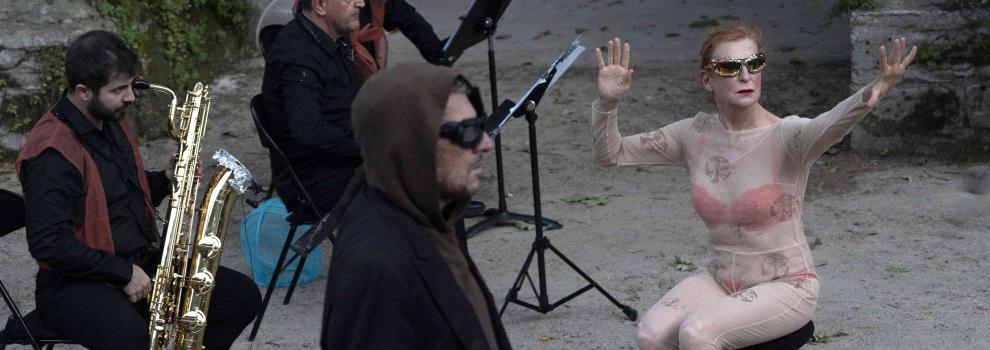
Choreographer and visual artist La Ribot’s Juana ficción (pictured, above) was inspired by Juana I of Castilla, who became Queen of Spain, Austria and the Low Countries in the 16th century through her marriage to Philip of Hapsburg. She explores this forgotten and imprisoned figure’s inner world in this show, performed by dancer Juan Loriente with an original music score that combines Renaissance and polyphony sounds. La Ribot’s use of black paint in this haunting multidisciplinary work references the light and shade of Goya’s paintings.
Internationally-renowned sound artist Francisco López was inspired by Goya’s darker works to create a new experimental piece. Audiences can listen to the immersive experience on headphones (12 October to 13 December). Pioneering sound artist Suso Sáiz has created Inside Sounds, inspired by Goya’s experience of deafness. It is performed by the Echo Collective, a Brussels-based group of classically-trained musicians (29 January).
Leading string quartet Cuarteto Quiroga perform a special repertoire of music from the age of Goya, combined with more modern compositions and their own creations at Bozar (16 November).
Beyond the flagship Goya exhibition, the Europalia programme features multidisciplinary performances reflecting Spain’s international scene in collaborations, residencies and workshops with theatres and cultural institutions across Brussels.
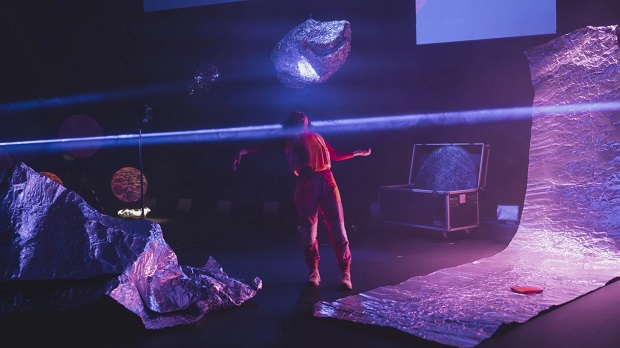
Focuses include Territoria (pictured above), a wide-ranging and insightful four-day festival at KVS (25-28 November). It highlights Spain’s regional cultural diversity in talks, readings, performances and festive moments.
From Alberto Cortés tender expression of queer love in One Night at the Golden Bar at Les Tanneurs (16 & 17 October), to a showcase of the quintessential Spanish dance 5 Dias. Flamenco Before and After Flamenco (26-30 November) and a major production dramatising Spain’s history-changing military coup, 1936, by Andrés Lima and the Centro Dramatico Nacional at KVS (25 October), the festival is an unprecedented showcase of creative and stimulating Spanish flair in the performance field.
Among the musical offerings, a focus on electronic and experimental music presents artists from different regions in Spain. A collaboration with the Listen Festival (7-8 November) includes techno pioneers John Talabot and Oscar Mulero, along with Spanish-Cuban DJ Toccororo and Berlin-based sound artist JASSS for a blast of electro from different genres and generations. A two-night session at Ancienne Belgique (3 & 5 December) stages concerts by electronic/flamenco influenced Yeli Yeli and acclaimed producer Raül Refree; the latter performing his album El Espacio Entre.
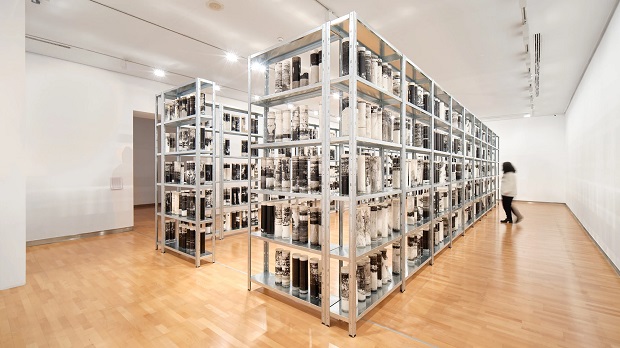
Visual arts event continue in the capital with a raft of largely contemporary shows at venues such as iMAL and the Walter & Nicole Leblanc Foundation. The Boghossian Foundation’s Villa Empain hosts Elsa Paricio. Biblioteca National (19 November to 10 May) with the artist presenting her six-year study of ink and water-filled glass cylinders (pictured above) placed in 500 locations around Spain. The result is a unique archive: an insightful journey into time and place.
Environment is also at the heart of an offbeat performance by Maider Lopez, Walk the River (9 November), which unearths the hidden River Senne with some 100 volunteers recording the sounds of the waterway.
Many of the above performances are also staged in venues around the country. The extensive programme aims to reflect the diverse panorama of Spanish creativity and the nation’s indomitable and inspirational artistic spirit.
Europalia Espana
8 October to 1 February
Across Belgium
Photos: (main image) La Maja Desnuda Eaten by Saturn ©Sophia Rodriguez; Francisco José de Goya y Lucientes, The sleep of reason produces monsters from Los Caprichos; Luz Arcas/La Pharmaco. Mariana; Juana ficcion La Ribot, Asier Puga, Avignon 2024, photo Marc Domage;

